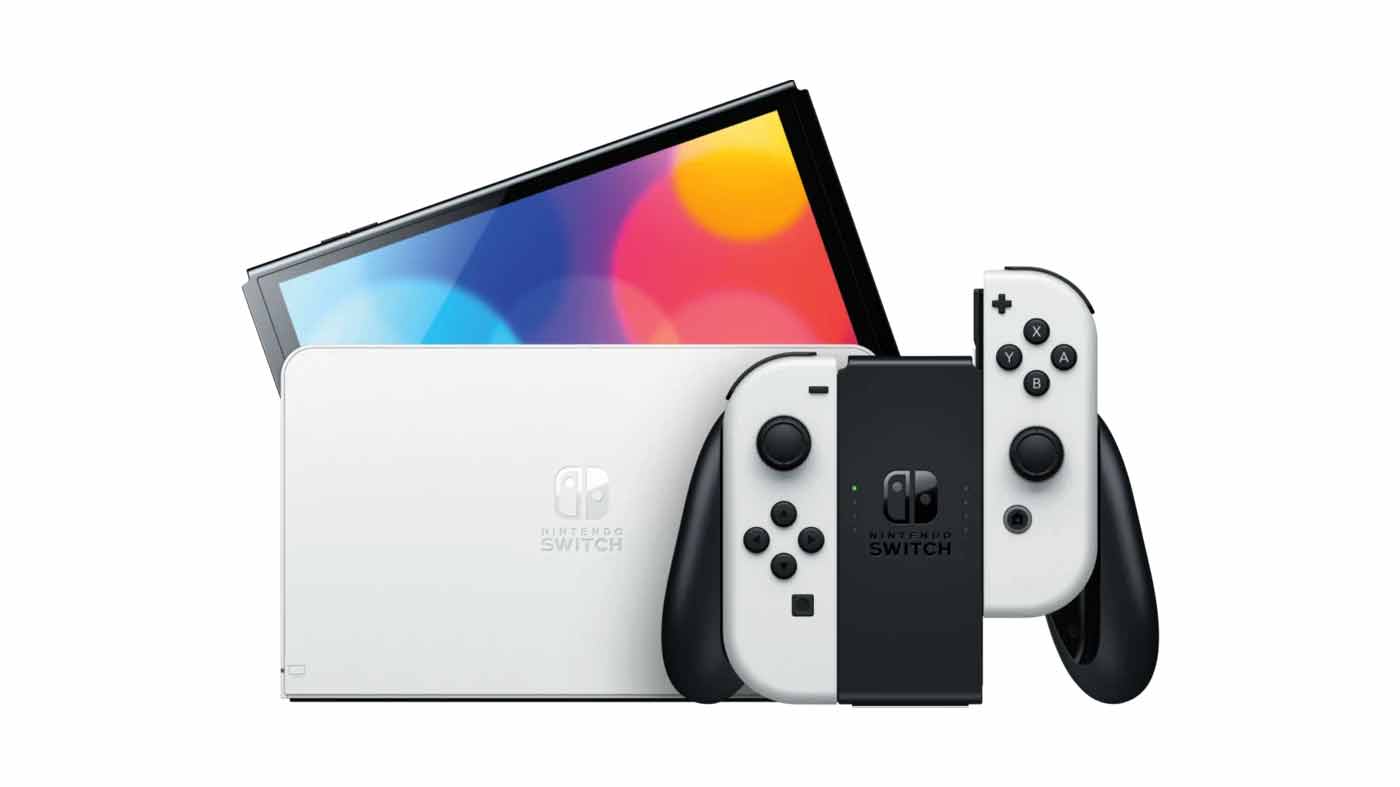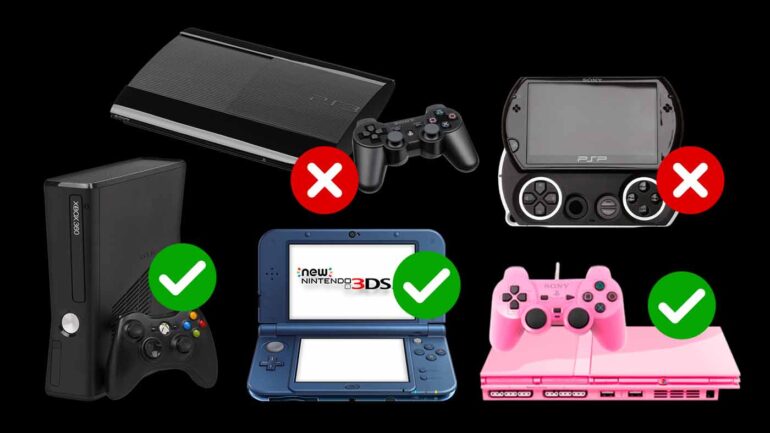With the upcoming launch of the new, slimmer model PS5 (which is up for pre-order right now) that shrinks the behemoth’s volume down by more than 30% and features a detachable disc tray for added flexibility, the reactions from those either invested in the PlayStation ecosystem or looking on from outside have been fairly mixed. Some appreciate the trim, others lament the continuation of the PS5’s divisive silhouette, others still question the updated pricing structure.
It was inevitable that PlayStation would eventually offer a more svelte version of the PS5 – and we already know that Xbox had plans to do the same in about a year’s time – but it got me thinking about other hardware revisions that we’ve seen in the 50-odd-year history of home and portable gaming consoles. We’ve seen some iconic redesigns, like the impossibly-thin PlayStation 2 Slim with its flip-top lid or literally anything in the 3DS family after the original one.
We’ve also seen some less-than-successful attempts, like the ill-fated PSP Go or PS Vita TV that were both seemingly brought on board the sinking ships of Sony’s two forays into handheld gaming just to smash more holes into the hull.
With all of that in mind, I took myself on a trip down memory lane to put together what I reckon are the 10 most admirable goes at repackaging and refreshing existing console hardware as well as just a couple of the ones that made me scratch my head more than they scratched my game discs. Oh, and if you notice any glaring omissions (Game Boy?!) please trust that they’re being worked on.
Feel more with PS5. Beyond the everyday. Beyond extraordinary. Even beyond imagination. Feel it now.
Please consider that the below are in no particular order, as I’d rather not invite any more trouble than I already have at this point (actually, they might be, but I still wouldn’t tell you if they were):
YES: The PSOne
Fun fact – the PSone was the first ever gaming console I owned as a young kid that I got *fresh out of the box* and not handed down by an aunt or the neighbour kid, and it was only because I’d won it in a raffle at the local servo. Less fun fact – because I’d never heard the name said out loud and because I was blissfully unaware of the existence of the PS2 at that point, I had no idea it was essentially called a “PS1” and would argue vehemently with my friends that I owned a “pee-sohn.”
My own, horrifically-awkward childhood aside, I absolutely love this update of the original PSX, doing away with the blocky, grey slab of a chassis and making it smaller, brighter and, dare I say, cuter? Crucially, it kept the look of the lid, buttons and front port placements consistent with its big brother, making it unmistakably a PlayStation. Best of all, it was small and efficient enough that Sony started selling an official, 5-inch attachable screen that meant it could be taken on family trips and even powered by car socket.
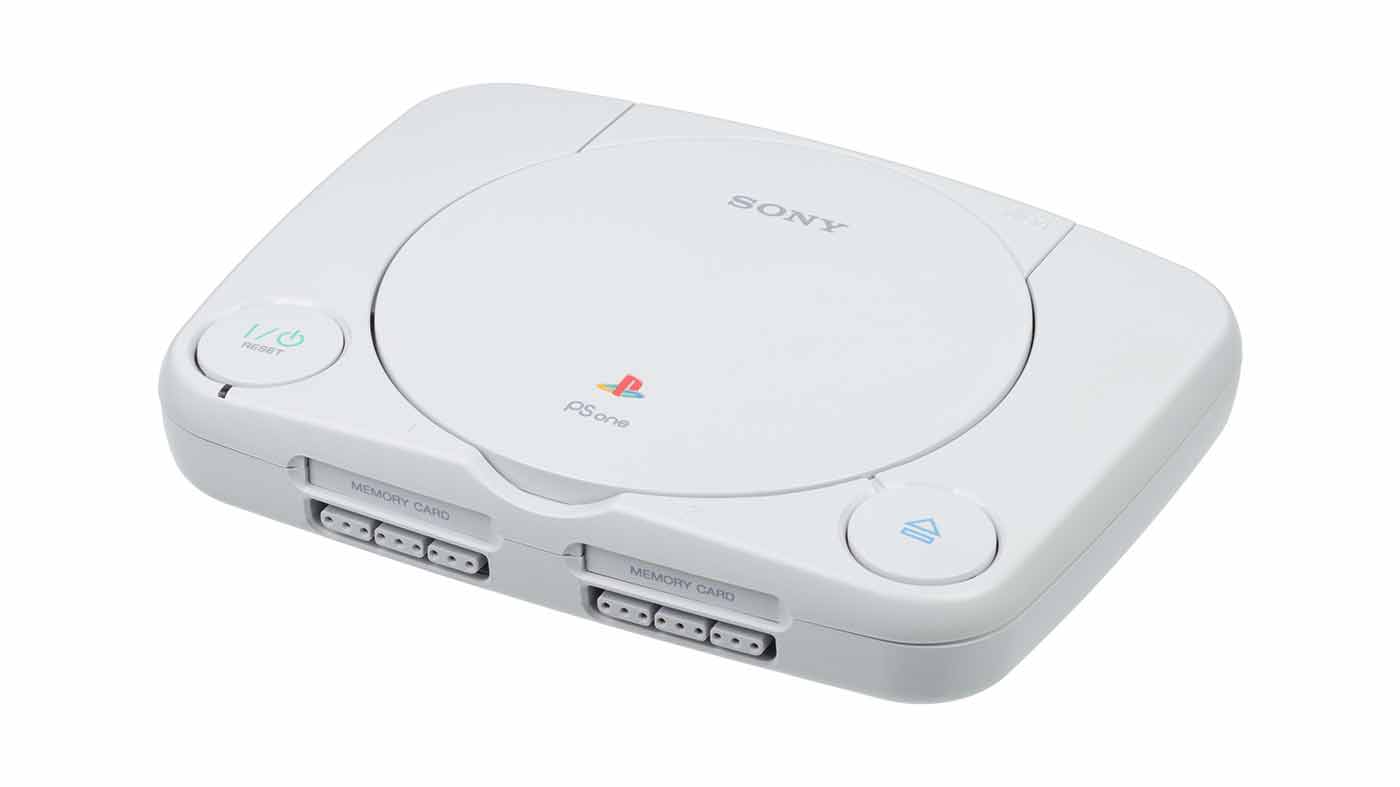
YES: The PS2 Slim
As much as Sony had initially nailed the PlayStation 2’s design, there’s no denying that the “Slimline” version of the already-hugely-popular console spread like a virus throughout the homes of friends and family and made for a lot more multi-console households than ever before.
After all, with the PS2 bringing DVD movie technology into the lives of a lot of lungerooms just as much as it did gaming, the PS2 Slim then brought both into the games rooms and bedrooms of kids and teens thanks to its tiny size and versatility as a media player. It was basically four AAs short of being a portable DVD player, in much the same way that the PSOne could have moonlighted as a Walkman had it deigned to. The PS2 Slim also included a built-in network adapter, which opened the doors to online console gaming for many.
And the pink version? Iconic.
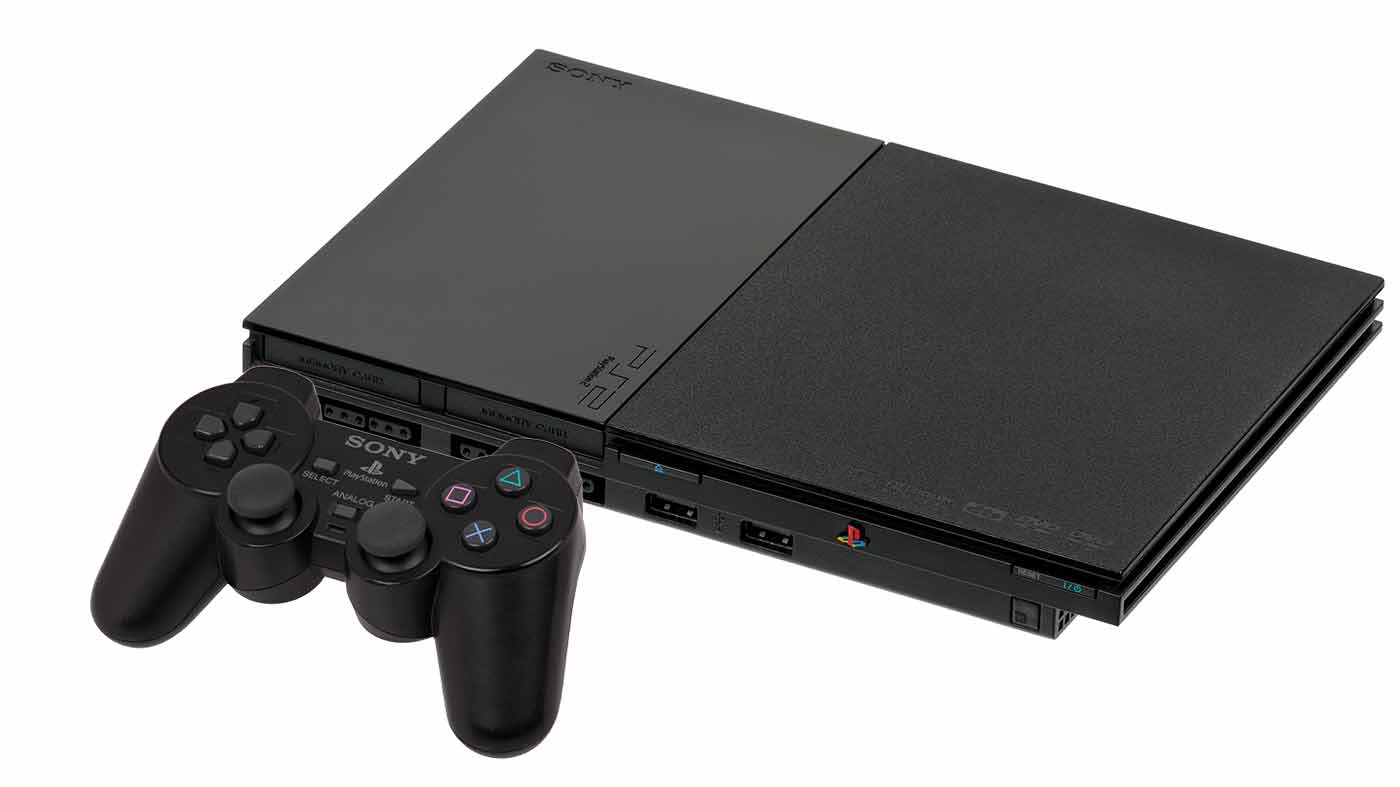
YES: The PS3 Slim
Another great PlayStation redesign, the PlayStation 3 Slim neatly tucked the chunky original PS3’s form factor into something much more svelte with a classy matte finish to match.
The PS3 Slim also introduced a heap more internal storage, a massive reduction in power consumption, heat and noise thanks to a redesigned Cell processor, built-in WiFi across the board and TV remote control over HDMI. It trimmed some largely unused extraneous features, but did unfortunately also completely exclude PS2 emulation – something that Sony had already begun to cut from the OG model.
Crucially, like the PS2 Slim before it, the PS3 Slim quickly became the ubiquitous model that just about everyone had and most will remember as the PS3.
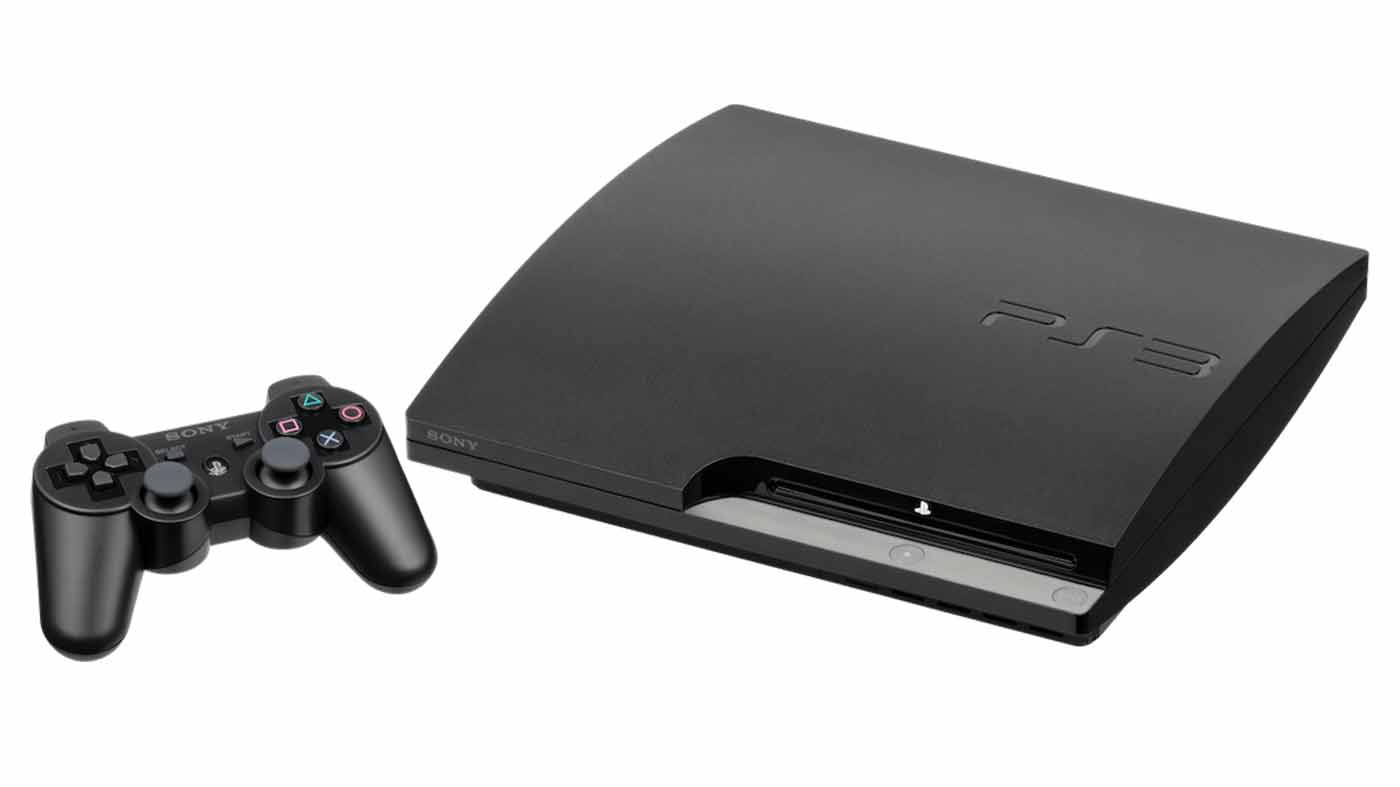
NO: The PS3 Super Slim
Things can be made cheaper and simpler without becoming frightfully ugly. Not this one, but other things.
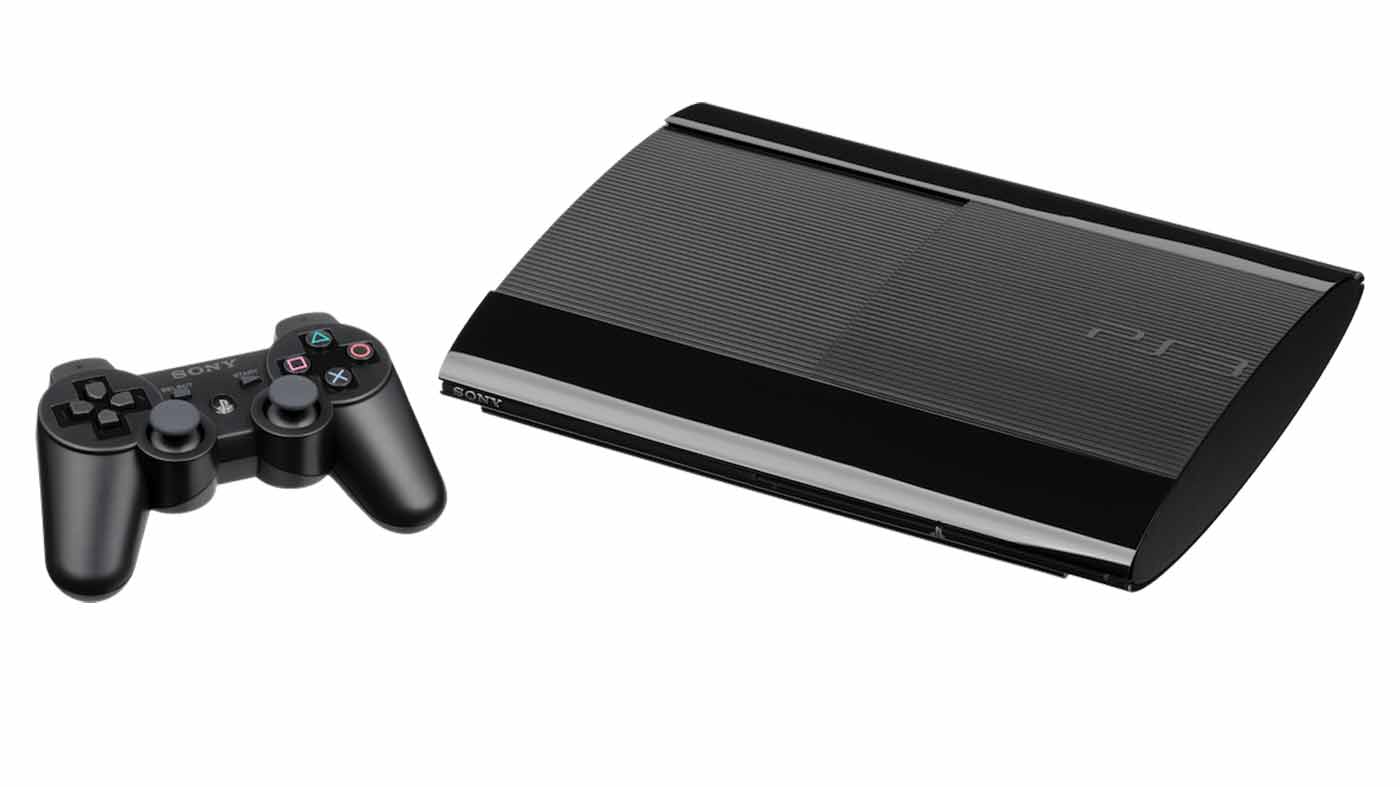
YES: The PSP 2000/3000
Gosh, I miss the PSP. As much as it was an underdog to Nintendo’s successful DS, the library of great games that almost felt like playing home console games coupled with a big screen and great controls made it absolutely worth owning.
The PSP-2000 made that experience even better with a brighter screen, a lighter and sleeker shell, better buttons, improved load times in games, AV output for TVs and more without really sacrificing anything in the process. The later PSP-3000 improved the screen yet again while adding a built-in microphone and more AV out options, though it wasn’t so different that owning a 2000 felt like you were missing out.
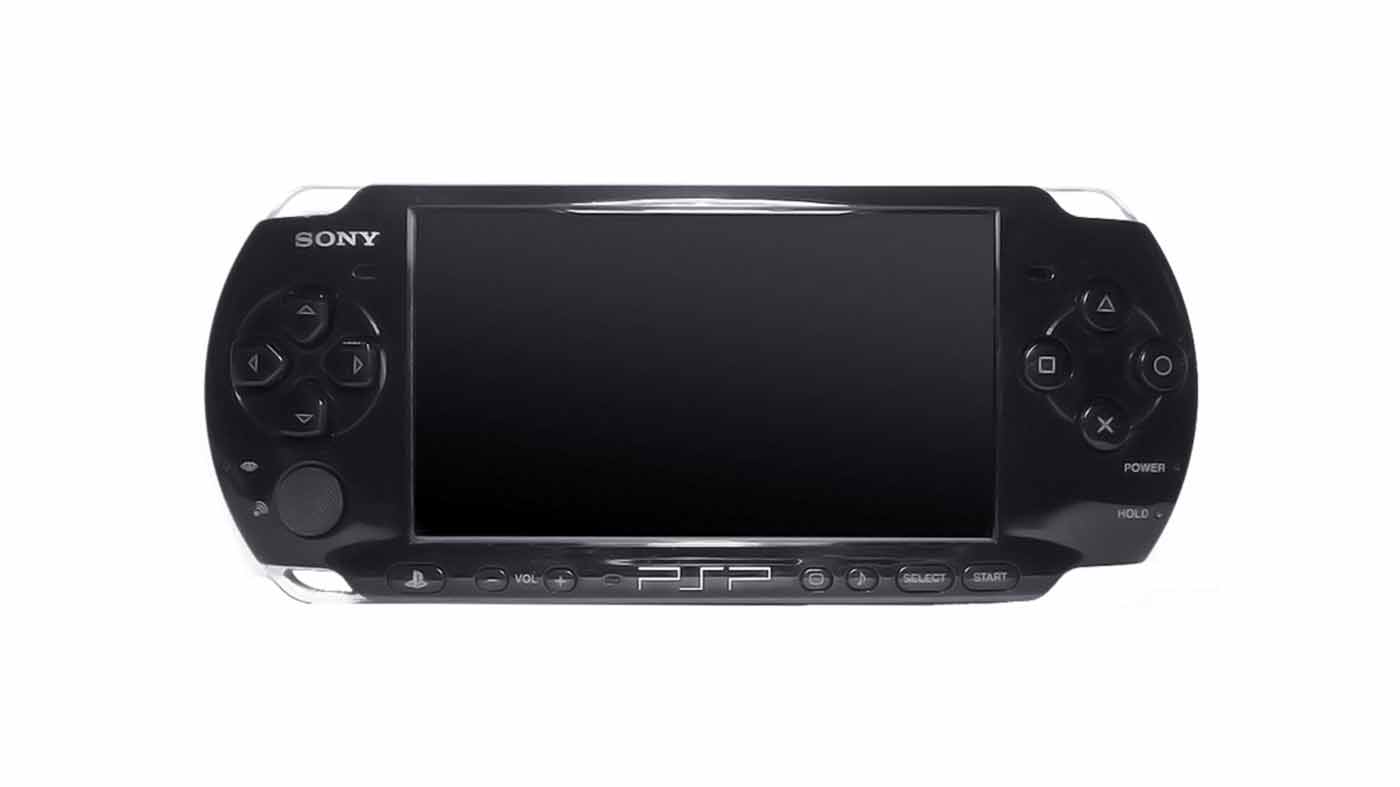
NO: The PSP Go and PSP Street
It seemed like Sony was onto a good thing with these PSP revisions, but then they managed to royally muck it up with two subsequent follow-ups that just did not hit.
The first of these, the PSP Go, was actually a great little device in a lot of ways with a cool, new sliding form factor and some neat extras like internal storage and Bluetooth support, but it made a heap of sacrifices to get there. No UMD drive meant users were locked into buying games from the PlayStation Store (14 years ago this was a much bigger deal), the screen was slightly smaller than the PSP-2000, it lacked compatibility with a lot of existing accessories and it was more expensive than the PSP-3000. It was a run at a “premium” PSP that just didn’t reach the mark.
The PSP Street (or PSP E-1000) was actually an alright, budget-conscious version of the regular PSP. But it was also called the PSP Street, so, no thanks.
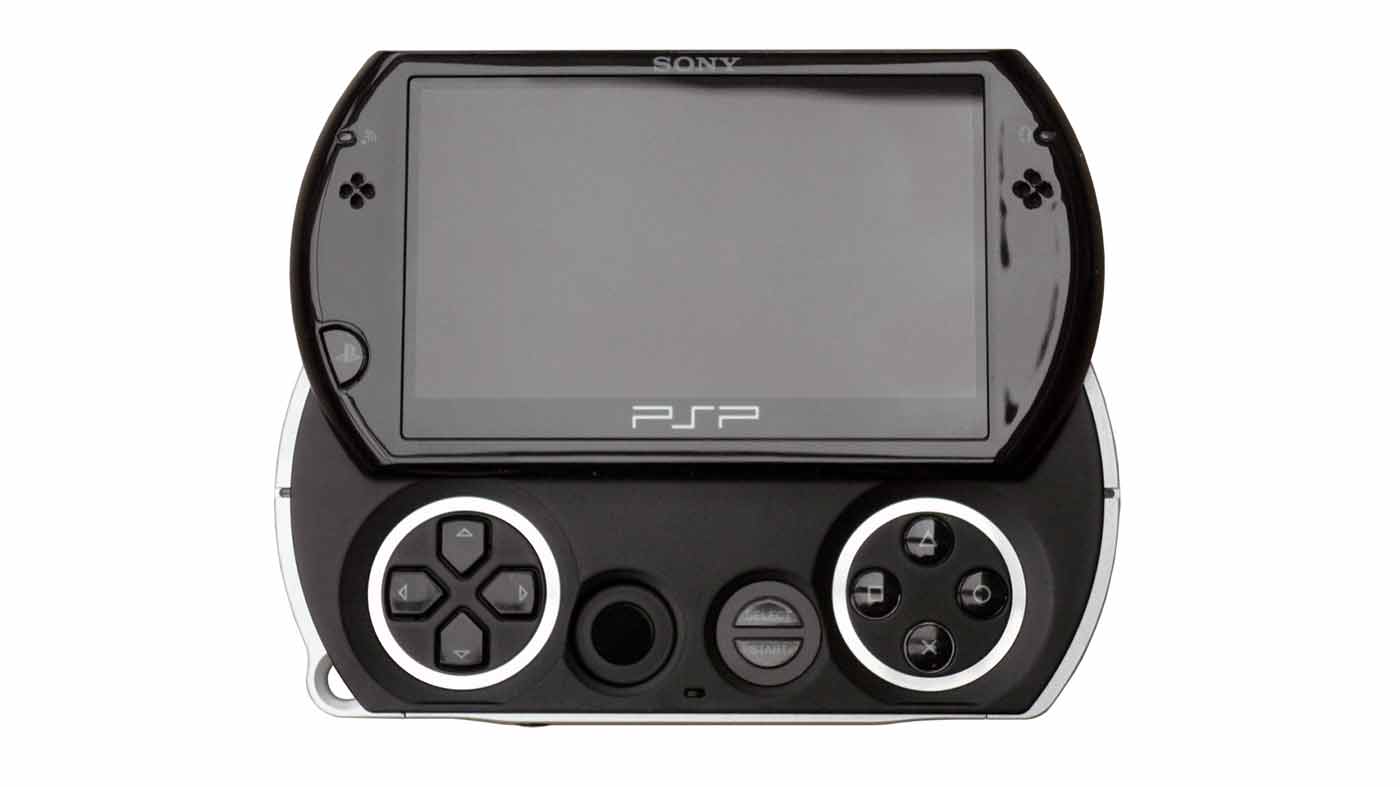
YES: The Xbox 360 S
The Xbox 360 S is one of the best console redesigns in history. Not only does it have a great look that brings back some of the “X” factor without getting super gaudy with it, it had a huge internal redesign to combat the fabled Red Ring of Death that plagued the original model.
The Xbox 360 S also packed a bigger hard drive that slotted neatly into the console instead of awkwardly clipping onto the outside, a dedicated port for the Kinect, built-in WiFi and sleek buttons. It also spawned a heap of special edition variants of the console with many sporting custom on/off tones like the R2-D2 or Halo Reach versions.
A further revised model, the Xbox 360 E, sadly took away the defining shape of the 360 S and sanded it down to a much more boring rectangle with slightly fewer ports.
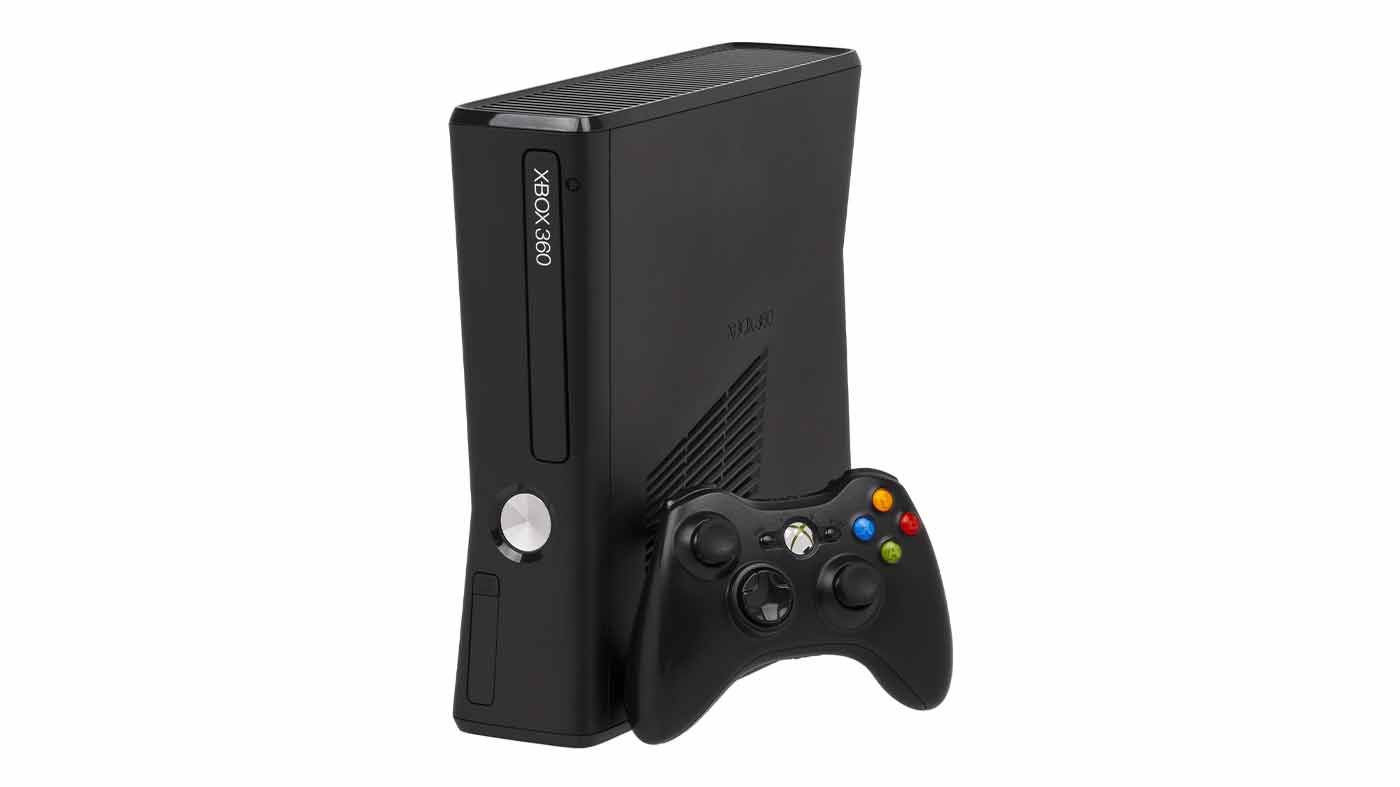
YES: The Xbox One X
I tried not to include too many machines on this list that were more of a beefy, mid-gen update with increased horsepower, because that feels like an easy win when talking about revised hardware.
That said, I think the Xbox One X deserves a place on the list because not only did it offer enhanced visuals and performance, including in legacy Xbox One and backwards compatible games, but Microsoft managed to *shrink* the thing even compared to the lesser-powered Xbox One S. It did this without sacrificing cooling, without losing its disc drive and it managed to go down as arguably one of the more handsome-looking Xbox consoles to date.
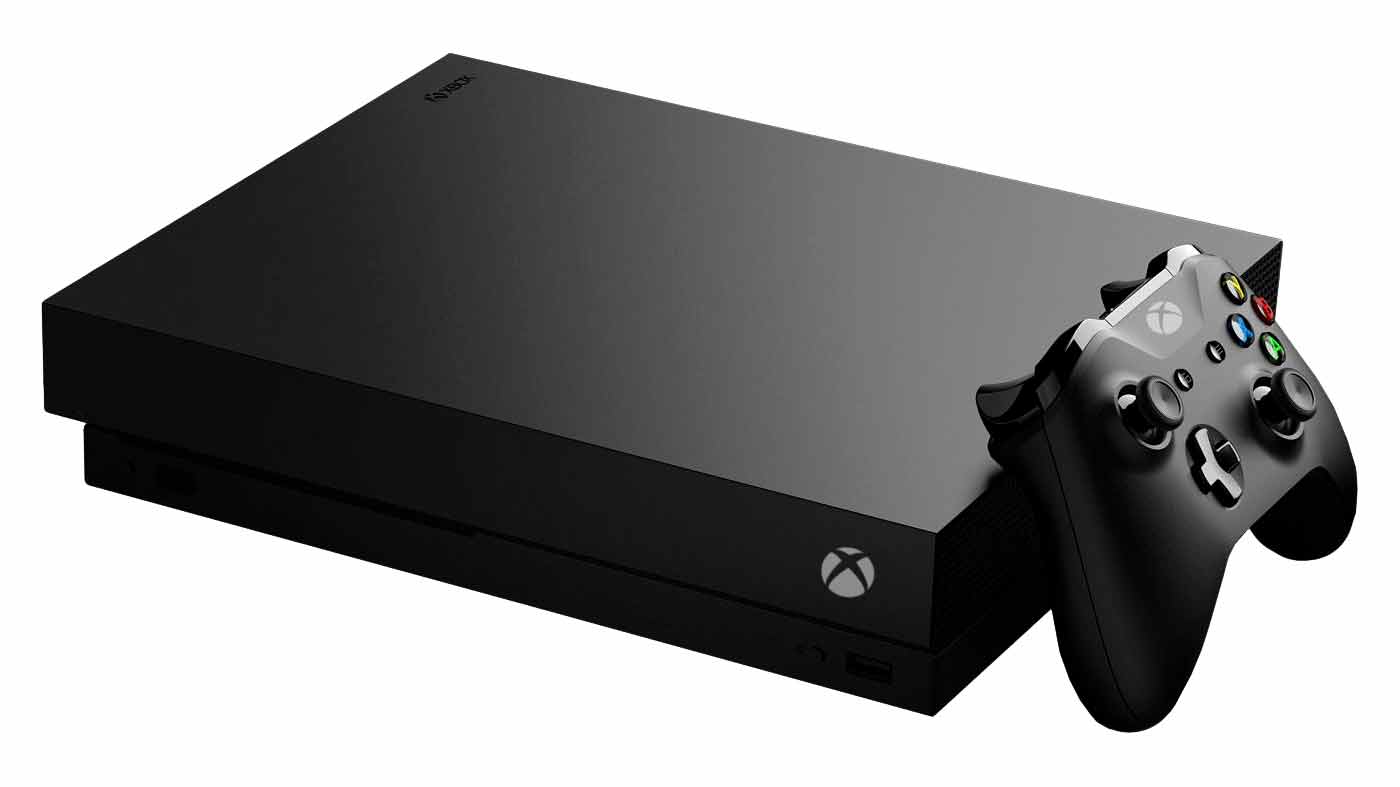
YES: The SEGA Master System II
I might be showing my age a little with this one, but my very first console was a hand-me-down SEGA Master System, which was also my first introduction to Sonic the Hedgehog – a franchise I’ve stubbornly held a fondness for since.
Little did four-year-old me know though, that the iteration of the Master System I had was the successor to an earlier model with mostly cost-cutting refinements that shaved off its assortment of weird extra ports and slots for things that were either barely or never used, resulting in a much more squat and uncomplicated chassis that looked way more at home in the average games room. The Master System II (and to be fair some later versions of the OG model) also came with Alex Kidd in Miracle World built-in, a game I can still play end-to-end on muscle memory alone, which would boot up any time you switched the console on without a cartridge inserted. Genius in 1990.
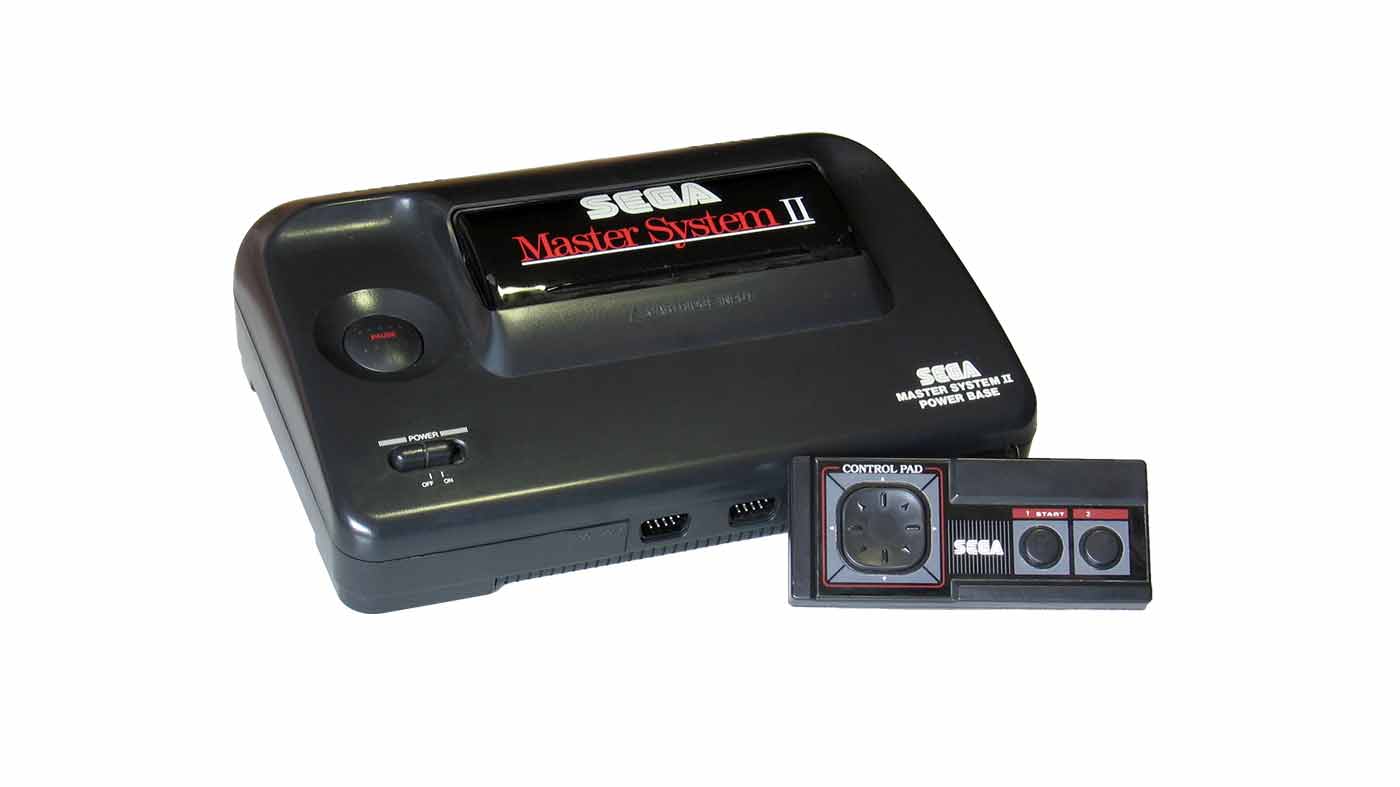
YES: The Nintendo DSi/DSiXL
The Nintendo DSi was the third iteration of Nintendo’s world-storming dual screen handheld and unlike the DS Lite before it which mostly just improved on the overall shape and feel of the Nintendo DS, this time Nintendo went to work on some genuine improvements.
The Nintendo DSi had cameras for one thing, all 0.3 megapixels of them, which felt like a huge deal back then. It also added an SD card slot for its new digital game store, had a faster processor with more RAM, web browsing capability, bigger screens and a heap more, making it a hugely better experience (if you ignore the dropping of the GBA slot in the name of slimming it down even more).
The DSiXL later started a trend of Nintendo clamshell handhelds getting “XL” versions, which we love.
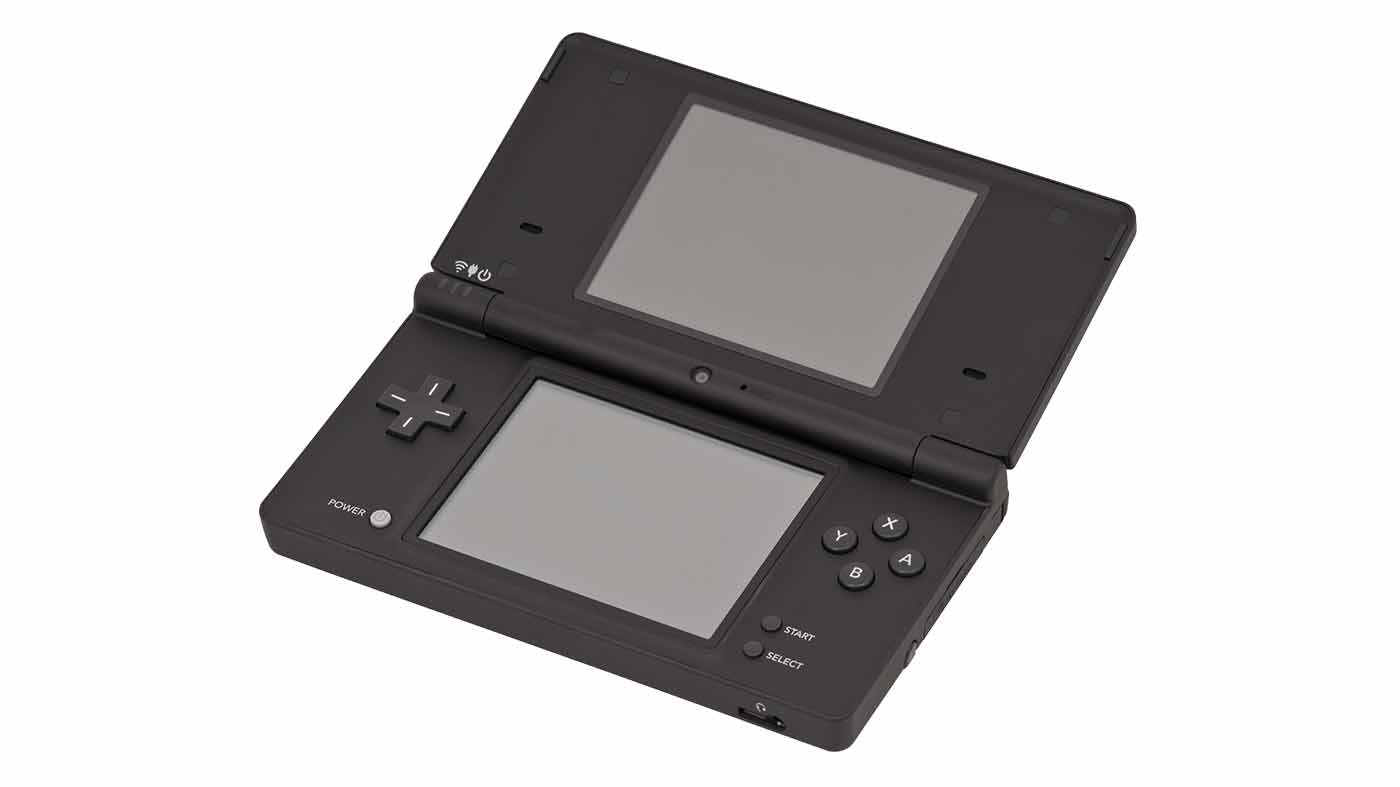
YES: The New Nintendo 3DS/New Nintendo 3DS XL
Nintendo’s next major handheld, the 3DS, maybe didn’t have the best initial launch thanks mostly to its original price being exorbitant (this was later remedied, but it wasn’t a great start) and its 3D screen gimmick not really taking off in a way that made it feel like a revolutionary device.
By the time the New Nintendo 3DS came around though, Nintendo had made some decent inroads with its 3D-touting handheld and a nice little library of games was coming together. By packing in a more powerful processor, new buttons and a built-in “C-stick,” better battery and storage support, fun interchangeable faceplates and more it really brought the 3DS’ potential home. And again, an “XL” version launched for those of us who like ’em big.
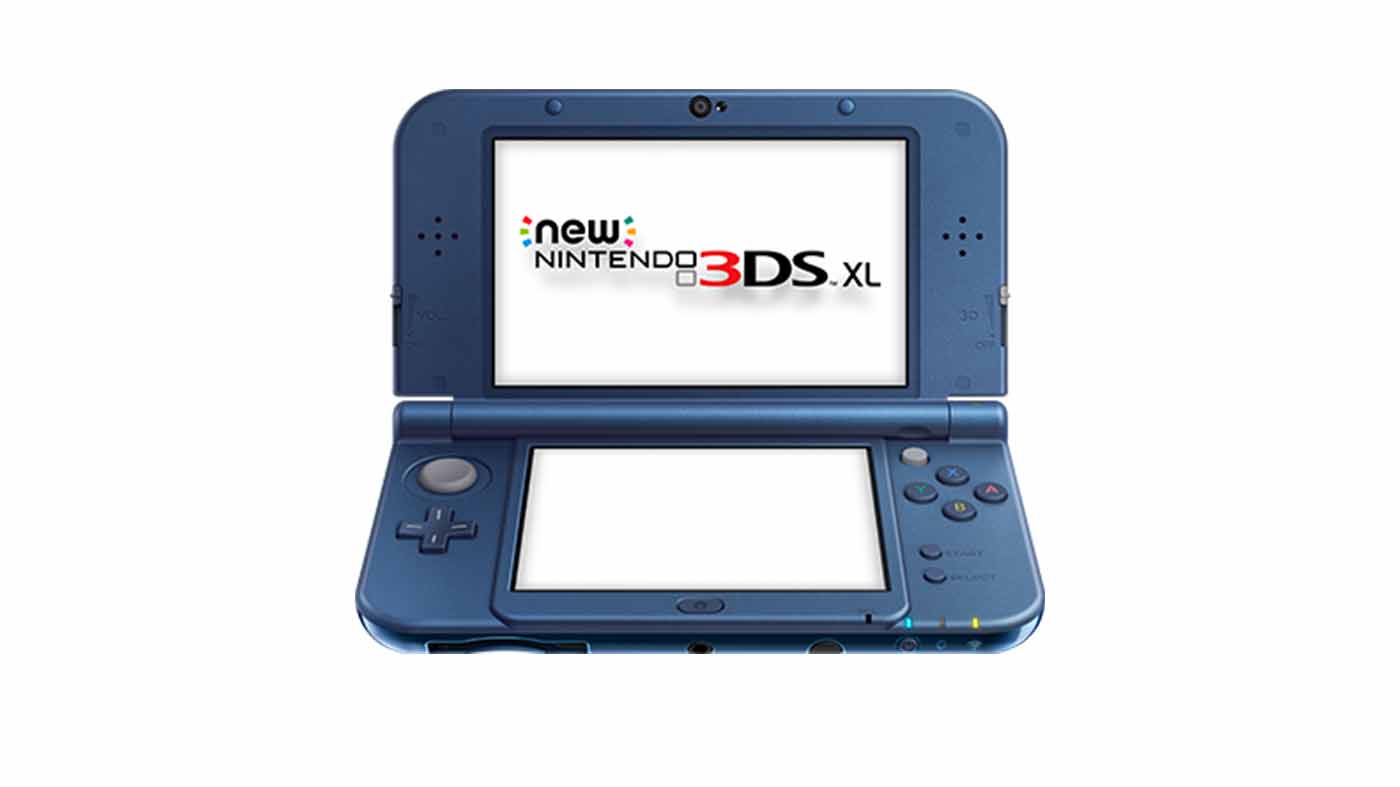
NO: The Nintendo Switch Lite
Look, I understand that the Switch Lite does have an audience, and that said audience is probably not me, but the Switch Lite lands itself on this list by not being a “Switch” at all. Gone is the ability to dock it and play on a TV, or to remove the Joy-Con controllers to share with friends (or even play certain games at all), making this just a $300 handheld that can play Switch games on a screen much too small for a lot of them.
Let’s not even mention the whole “Joy-Con Drift” situation and having those sticks permanently fused to the console should something go wrong. Sorry, Switch Lite, you ain’t it.
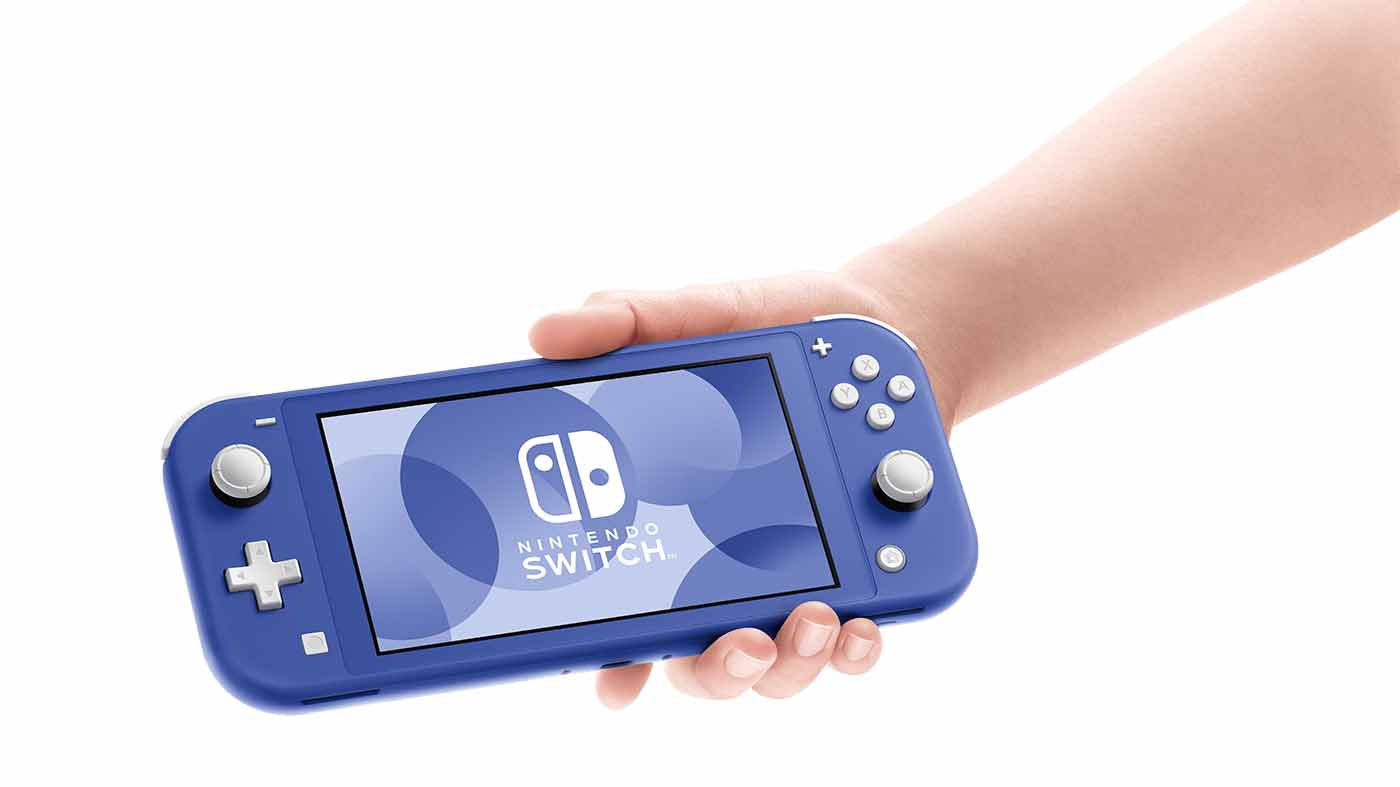
YES: The Nintendo Switch OLED Model
The most “modern” shout out in this list, the Nintendo Switch OLED Model did a lot with very little. Sure, some were disappointed that this revision didn’t come with any genuine performance enhancements, but boy is the 7″ OLED display on this thing a practically game-changing update over the standard switch’s 6.2″ LCD panel.
The Switch OLED launched alongside Metroid Dread, which was a great decision as the game practically pops off of the screen on the new model. Elsewhere, the doubled internal storage, option of stark white Joy-Con controllers and dock – which is also improved with a built-in LAN port – and beefed-up audio add up to a winning overall refresh. And that’s even before we mention the kickstand that now actually functions as a kickstand!
